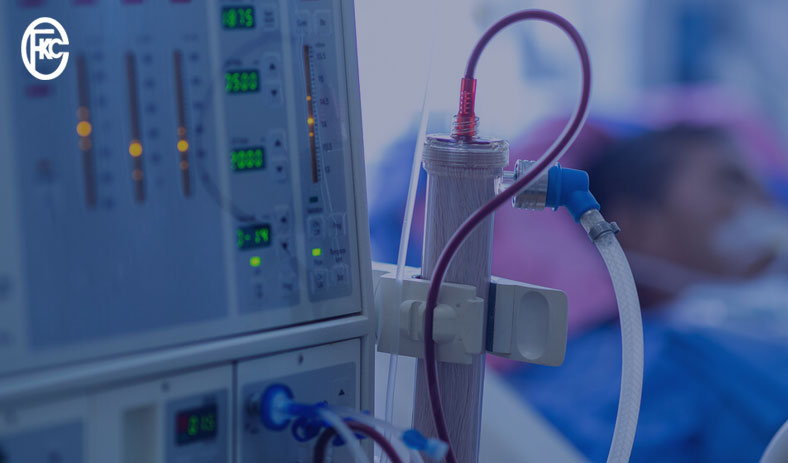
Kidney failure is one of the common problems millions of people are facing in the world today. There are many reasons for an ill or failed kidney function. The most common of them are long-term diabetes and high blood pressure. When someone’s kidneys reduce their blood purification ability by 85 to 90%, the patient will need dialysis.
Dialysis is an artificial process of separating salts, toxins, and extra amounts of water from the blood in the human body. Dialysis helps in maintaining the Electrolyte balance of an end-stage kidney failure patient. It keeps Sodium, Potassium, and bicarbonates at a safe level in blood. Hence dialysis helps in controlling blood pressure.
There are two main types of dialysis in a kidney failure patient: hemodialysis and Peritoneal dialysis. Both processes are used to perform normal kidney functions. Let’s have a look at how does dialysis works for kidney failure.
The method contains three steps: a. removing blood from the patient’s body with the help of a needle. b. filtering salt, toxins, waste, and extra water from the blood with an artificial kidney named dialyzer. c. transferring the pureblood back to the body with another needle.
First of all, a surgeon performs a minor surgical procedure. Here an artery and vein are connected in the patient’s arm (Arteriovenous fistula). When artery and vein are too small, a hollow tube is used to connect them (Arteriovenous graft). Now the blood flows faster and, the dialysis process goes easy. The complete procedure takes 3 - 5 hours. The patient may take it three times a week.
A patient can perform peritoneal dialysis at his home. A catheter is placed into the peritoneum through the patient’s belly by his surgeon before three weeks of dialysis. The catheter remains in the body until the dialysis is over. Now the dialysis provider connects the catheter to the one arm of a Y tube. Then he connects this Y tube with a bag containing dialysis solution. This dialysis solution is a blood purifying liquid that contains salts, water, and other additives.
The kidney transplant process typically involves the following steps:
1. The patient is evaluated to determine if they are eligible for a kidney transplant.
2. A compatible kidney donor is identified, if possible.
3. The patient is placed on the kidney transplant waiting list.
4. The patient undergoes kidney transplant surgery.
5. The patient begins kidney transplant post-surgery care.
6. The patient recovers and is discharged from the hospital.
7. The patient follows up with their doctor after kidney transplant surgery.
The time it takes to go through the entire kidney transplant process can vary depending on the individual situation. Some patients may qualify for a kidney transplant and be placed on the kidney transplant waiting list within a few weeks, while others may take several months or even years.
Like any surgical procedure, kidney transplant surgery carries a risk of complications, such as infection and bleeding. In addition, kidney transplant surgery can also cause adverse effects such as kidney rejection and kidney failure. However, the benefits of kidney transplant surgery typically outweigh the risks.
Dialysis is helpful for a kidney patient in many ways. Since, it performs all kidney operations like blood filtration, urine formation, and blood pressure control. Dialysis helps kidney patient to perform their regular kidney tasks until their new kidney does not start proper functioning.